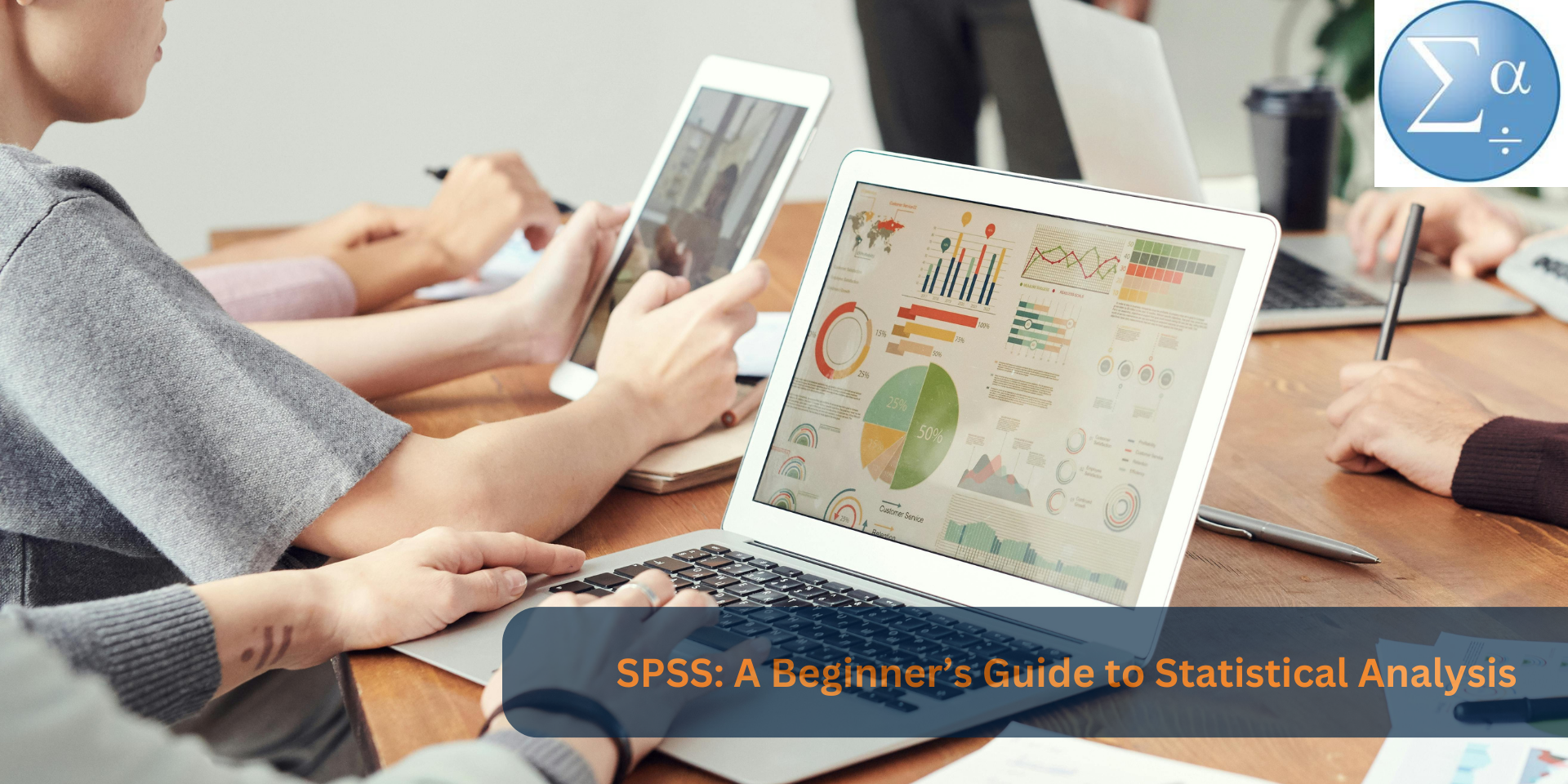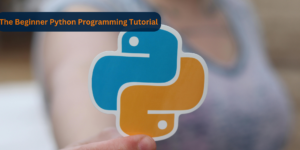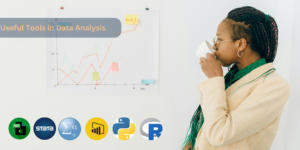Dive into the sea of statistics? SPSS is another name for your new best friend. Whether you are a student who carries out research or a professional who need data for information, the SPSS has an interface that is friendly thus making statistics an easy job for you. This lesson will include the basics of SPSS and discuss the available tools of SPSS.
Understanding SPSS
SPSS is such the software to perform data manipulation and statistical analysis. Originally applied to studying human society, it is now utilized in such fields as Psychology, Health, Education or Marketing. By means of ease of use and a wide assortment of analytical tools SPSS became a crucial tool for a research and analytics community in the world.
Getting Started:
The last thing you see when the SPSS startup is a cool interface with multiple windows and menus. The primary windows you use are the Data Editor and the Syntax Editor.
Data Editor: This is the place where you receive and analyze your data. Data can either be entered manually or can be imported from external sources like Excel or CSV files. The Data Editor works like a spreadsheet, with columns representing variables, and rows indicating individual cases or observations.
Syntax Editor: Besides that, syntax Editor can be utilized by more advanced users for writing and executing instructions using SPSS syntax. It is the graphical interface that makes it perfect for basic functions. Nevertheless, Syntax Editor is all-encompassing and facilitates automation for regular or difficult tasks.
Essential Tools in SPSS
Now, let’s explore some of the key tools and features within SPSS that you’ll frequently use:Now we are going to become acquainted with the skills of SPSS:
Descriptive Statistics: SPSS enables you to calculate descriptive statistics like mean, median, mode, standard deviation and variance of your variables. This is a form of statistics that informs you about central tendency and distribution of data.
Charts and Graphs: The role of visualizing data in the analysis of these trends and patterns cannot be denied. SPSS is multifaceted and it has a variety of graphs such as histograms, bar graphs, pie charts, scatter plots and many more. They can be used to match your needs and also the accuracy of your results are increased.
Hypothesis Testing: Using SPSS you can perform quite a variety of statistical tests to verify the hypotheses and make inferences about the population using sample data. In General tests we have a list with t-tests, ANOVA, chi-square tests, correlation analysis, regression analysis and non-parametric tests.
Data Transformation: Data is generally cleaned and prepared to be interpretation before analysis. SPSS consists of the operations to clean data, recode variable, creation of new variable and reformatting of data set. The features of this type of information are what makes it suitable for data analysis.
Output Viewer: When you are done with the analysis, SPSS will store a report file with the summary of discoveries. The Output Viewer displays tables, charts, and general reports that summarize your work. It could be saved, printed and exported or used for data analysis and presentation.
Conclusion
SPSS can be taken advantage of not only by the beginners and experts in statistics, it is also an easy to use tool. Due to the fact that you are already familiar with the theories of SPSS and its major functions, you can use your data to find sources of meaning at your workplace or during your research. If you need data relationship or test hypotheses, or if you find the pattern of data in your analysis, SPSS provides all the needed tools for doing strong data analysis. Hence, start your data story now with SPSS.


